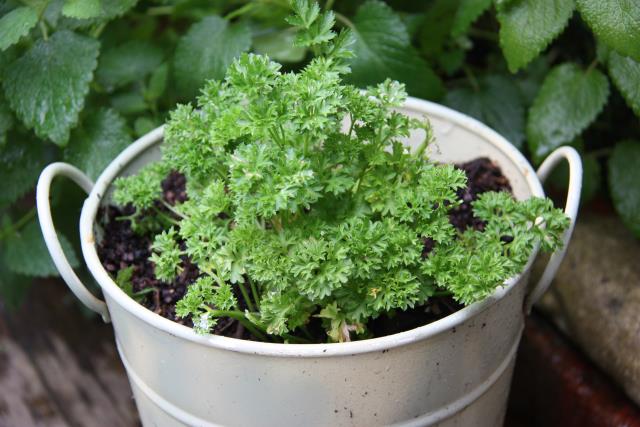Victorians should be on the lookout for Christmas plants that are toxic to pets, pet insurance company money.co.uk has said.
The company has given residents the names of 10 toxic plants for dogs and cats, and what owners can put in place as precautionary measures.
Pet insurance expert Salman Haqqi said pets, especially cats and dogs, are known to be curious, and might try to chew things around the house.
“While decorative plants can add a bit of a life to your interior during winter, it’s important to remember that these could present problems if consumed by your furry family members,” he said.
“Taking the necessary steps, such as placing plants out of reach or adding barriers will help to ensure that pets do not ingest or come into contact with them.
“If your four-legged friend does consume a toxic house plant, it’s important to seek expert help and advice from your vet as soon as possible.”
According to money.co.uk, the 10 most toxic winter plants for dogs and cats, and what the symptoms are, included:
– Yew – All parts of this plant, including the leaves and berries, are highly poisonous as they contain taxines. When ingested they can cause vomiting, weakness, breathing difficulties and in critical cases, life threatening change in heart rate and blood pressure.
– Snowdrops – These small white flowers contain toxins in their stems and leaves, with the highest concentration in the bulb. When ingested, they can cause abdominal pain, vomiting, incoordination as well as a drop in heart rate and blood pressure.
– Holly – if the berries or spiked-edge leaves are ingested, the pet could experience irritation of the mouth, drooling, gastrointestinal upset (such as vomiting), and diarrhoea. It may also cause excessive head-shaking if consumed in large quantities.
– Mistletoe – Though varied in types, the berries from mistletoe contain chemicals including polysaccharides, alkaloids, and lectins. When ingested in small quantities, these chemicals can cause gastrointestinal irritation such as vomiting and abdominal pain. Consumed in large quantities, it may cause abnormal heart rate, low blood pressure and incoordination.
– Poinsettia plants – Widely known for their bright red and green festive foliage, the milky white sap from the coloured leaves contains a chemical which could cause nausea, vomiting, drooling and diarrhoea, as well as irritation in the skin, mouth and oesophagus.
– Christmas trees – If the pine needles from Christmas trees are chewed, the oils released may cause irritations in the mouth as well as stomach. Due to the prickly nature of the needle, these could also be hazardous to the mouth, throat and stomach if ingested.
– Ivy (Hedera species) – Ivy can cause severe skin irritation if pets come into direct contact. If ingested, ivy can also cause stomach upsets.
– Amaryllis – The whole amaryllis plant contains toxic substances, but higher quantities are contained in the bulb, so be careful of pets who like to dig. If consumed, they may experience severe gastrointestinal upsets (such as vomiting and abdominal pain), loss of appetite, lethargy and tremors.
– Lilies – Dangerous for both cats and dogs, if any part of a lily is ingested, even in small quantities, this could cause severe gastrointestinal damage, which may lead to kidney failure for cats.
– Laurel – Laurel plants including bay laurels (which are often used in cooking) and cherry laurel, contain toxins in all parts of the shrub which cause vomiting, abdominal pain, hypotension and in extreme cases, muscle weakness and even seizures.







